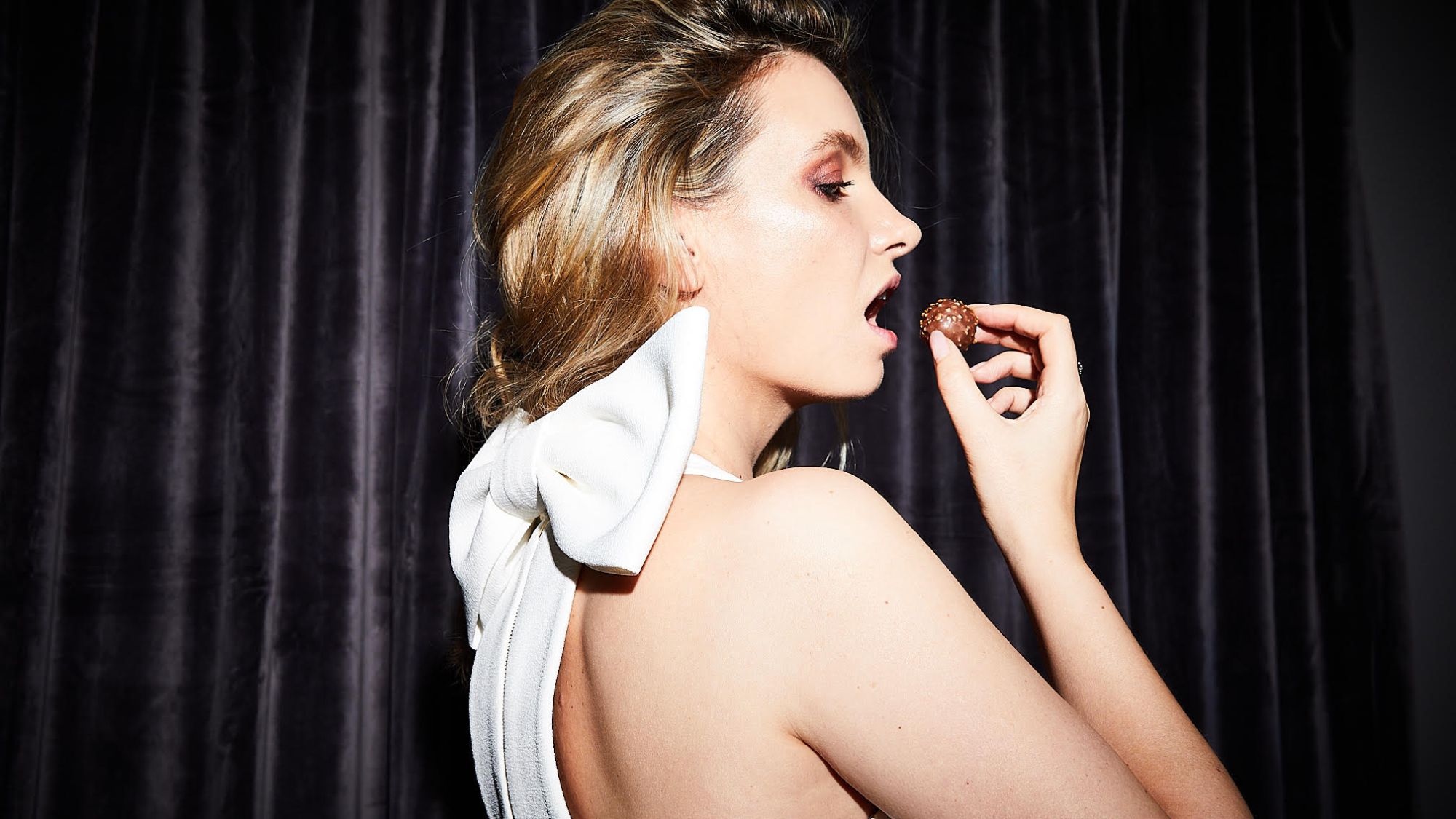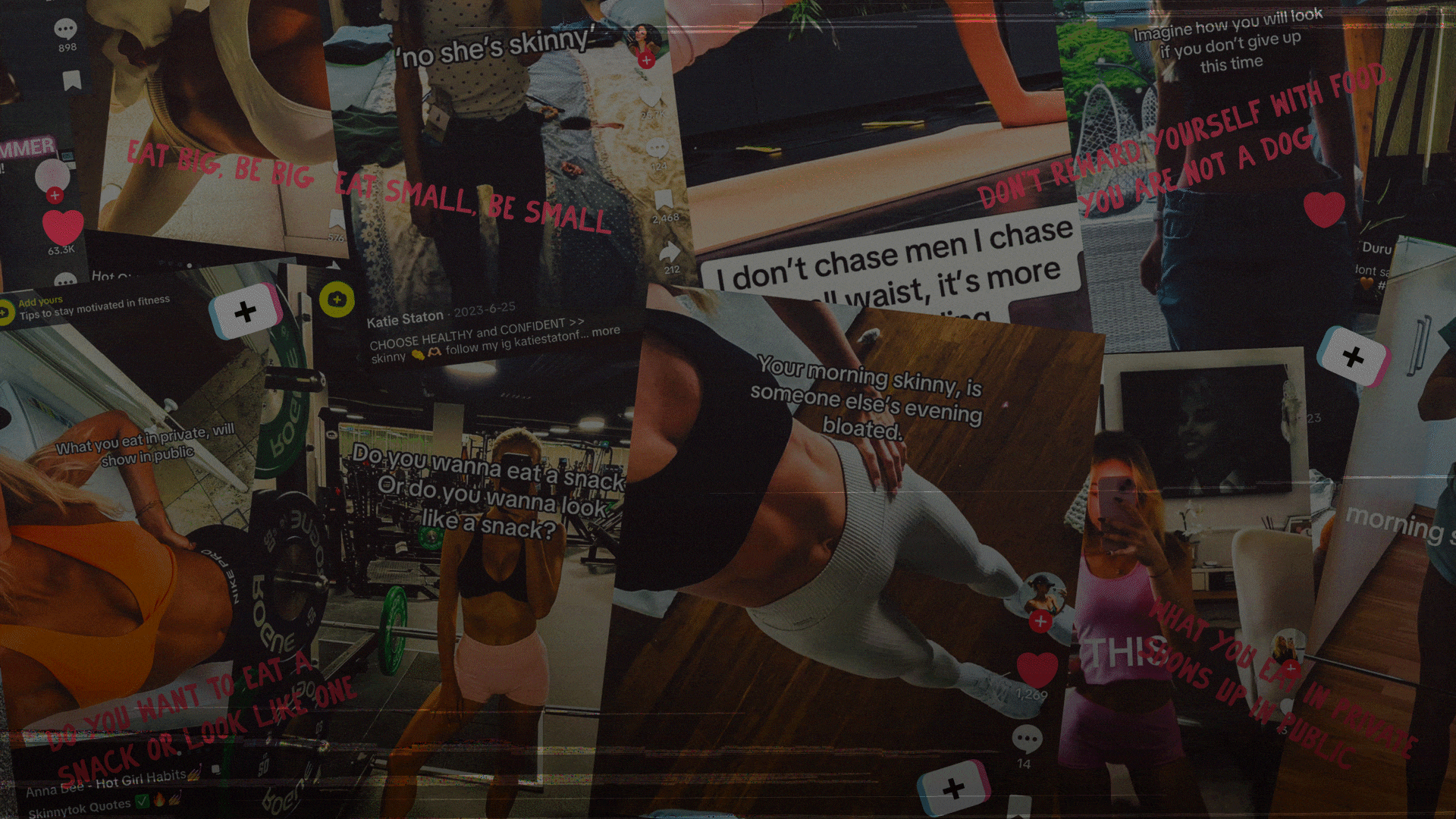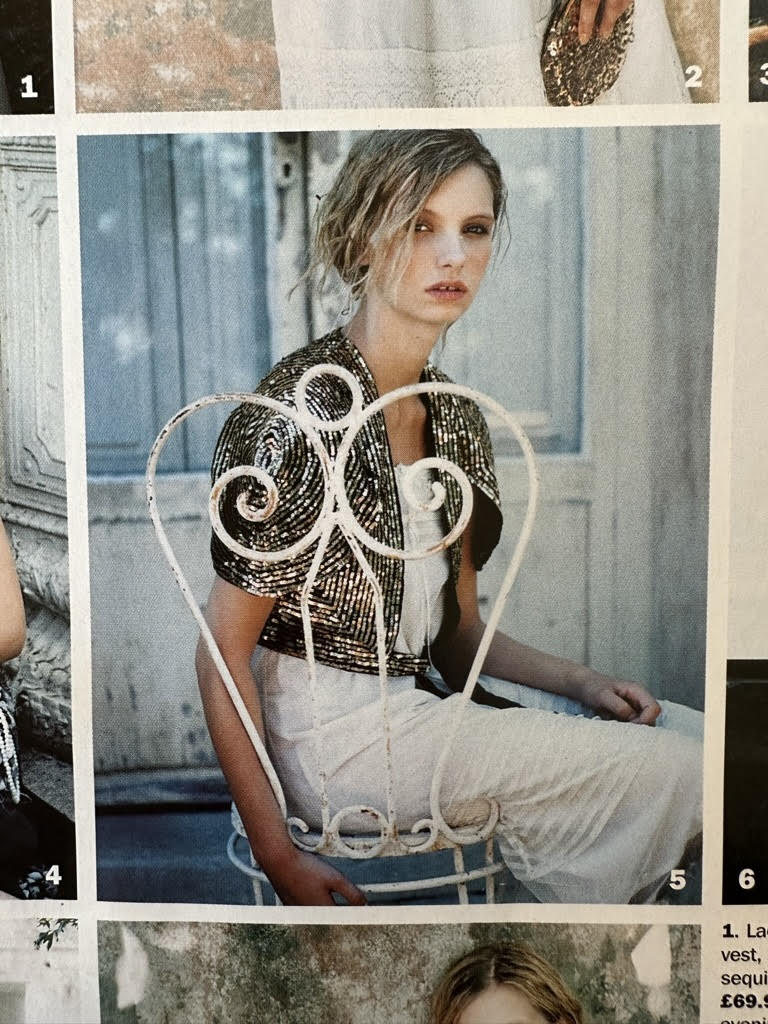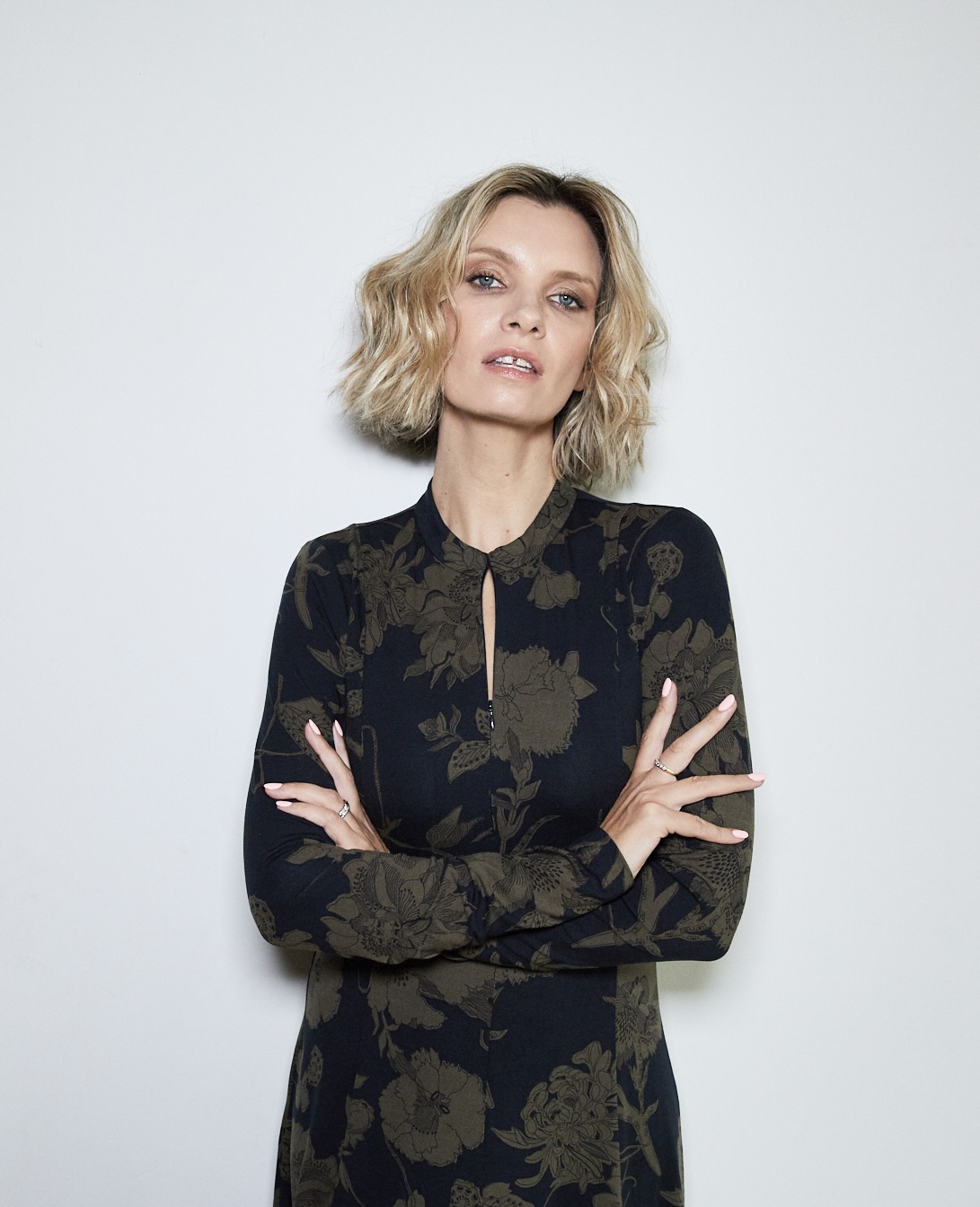I Thought the Fashion Industry Gave Me Body Issues—Turns Out It Was the 80s
Body positivity? Easier said than done when decades of diet culture still mess with your head.


I thought it was the toxic fashion and modelling industry that had made me the way I am, which could best be described as “mostly comfortable with my body and general image but with an abject horror of things getting worse.” But the more I speak to friends who spent their formative years in the eighties and nineties, the more I realise it’s a generational curse.
As I write in the prologue of my memoir How Not to Be a Supermodel, “I like to think I came away from my twelve-ish years in the industry relatively unscathed. Apart from a deep-seated fear of gaining weight and a hyper-critical eye for my own perceived physical imperfections, I’d say that I’m completely normal and unaffected.”
But it wasn’t until I started getting messages from women my age, all saying how deeply they relate to this passage, that I began to realise it isn’t just my experience as a model in the noughties that shapes my relationship with my body, food, and exercise. In fact, my entire life has set me up for the idea that a body is something you should never be quite totally happy with—or at least not complacent about. It’s a thing that needs eternal tweaking and near-constant monitoring, so as not to “let things slide.”
It’s not as though these thoughts dominate my day—I never wake up and let my appearance dictate how I feel—but I am aware that there’s a constant, low-key undercurrent of body awareness and the pervading need to stay slim that dictates lunch choices and means I often run up the escalators.
Slimness wasn’t just ingrained as an ideal, it was ingrained as the norm.
Where does this low-key undercurrent of body awareness and the need to stay slim come from? The eighties. I’m sure of it. A time rife with crazy cottage cheese diets, Lycra-clad women on exercise bikes, and the easy, open ridicule of fat people in society and the media. Body positivity? The nearest you’d get to that was a well-meaning uncle saying, “Don’t worry, some men like them chunkier!”
Slimness wasn’t just ingrained as an ideal; it was ingrained as the norm. Which made anything other than slimness problematic. Larger sizes and rounder shapes weren’t celebrated as diverse; there was no body positivity movement. We had Uncle Buck and Chunk from The Goonies, the latter doing the “truffle shuffle” with his belly fat to great hilarity. We had women’s magazines with article after article on toning up, shifting baby weight, and slimming down two dress sizes in a month.
 RELATED STORIES
RELATED STORIES
So how does this Gen X woman (just scraping in by a month, I’ll admit) get on board with body positivity? How does she learn to feel comfortable in her body in all its forms, to appreciate its strength and what it does for her—rather than just judging it at face value, pinching at love handles during PMT week and still sneaking onto the scales once a month?
Celebrity news, beauty, fashion advice, and fascinating features, delivered straight to your inbox!
I think there’s a place in between “EAT ALL THE CAKE!” and “a minute on the lips, a lifetime on the hips” that sees you just doing things in quiet moderation. A bit of exercise—not fanatical—a croissant but not every day, a common-sense approach to living that ignores the social media noise that thrives on confusion and uncertainty.

As a model in the 2000s, Ruth Crilly was told she was "too fat"
Because here’s the thing: I’m not sure the general attitude to slimness has changed all that much since the eighties—let alone the noughties, when I was travelling the world as a jobbing fashion model. People are often horrified when I share stories of being measured with a tape measure, in my underwear, in front of a room full of peers, or of being deemed ‘too fat’ for a Tokyo contract despite still fitting into a pair of age eight C&A shorts. But have we really moved on from that perfection-seeking, diet-obsessed world—or have we just become more careful about how we talk about it? The language might have softened, but the message hasn’t, because once again it seems as though thin is back. The re-emergence of ’90s aesthetics—heroin-chic silhouettes, visible hip bones, low-rise jeans—combined with the rise of Ozempic and weight-loss jabs has surely only reinforced the idea that smaller is still better.
Perhaps, though, it’s possible to not have an extreme, clickbait-worthy position on body image; to be resigned to appreciating your own body but still recognising that there are things you’d like to change about it. Right now, my stance sits somewhere along the lines of recognising that I have deep-seated, ingrained body biases, but trying to be at peace with them—peace, not perfection.
How Not to be a Supermodel is available to buy now

Ruth Crilly was an international fashion model for over a decade before becoming a writer, content creator, and now a published author.
In 2010, Ruth utilised her years of insider knowledge of the fashion and beauty industry to launch an influential lifestyle and beauty blog, A Model Recommends, which has now been read over 50 million times. Her award-winning blog is widely respected for its honest reviews, but it is Ruth’s writing, flair for storytelling, and her hilarious, unfiltered life updates that made her one of the UK’s first social media stars.